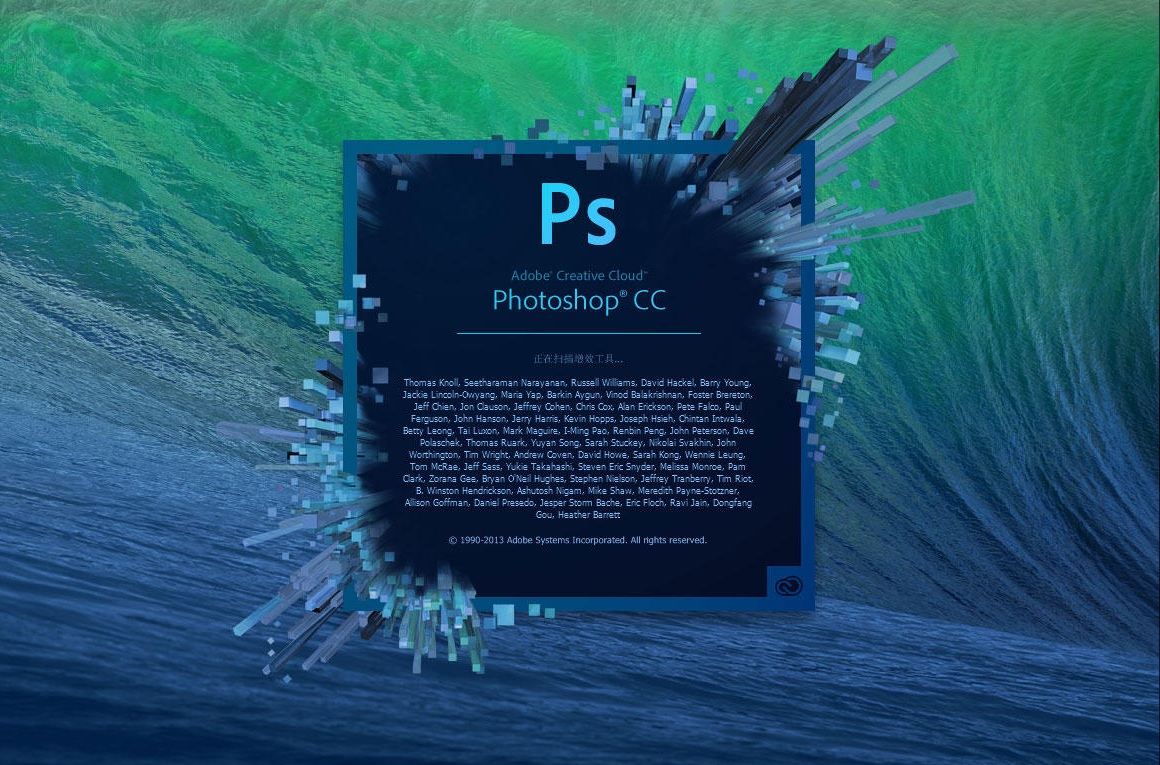
C# 生成指定图片的缩略图
生成缩略图主要要达到以下目的:1、缩略图通过压缩技术在尽量保证显示质量的情况下,能够在 Web 浏览器中更加迅速地载入数据。2、较小的数据量可以节省流量成本。3、制作存储新的缩略图(仅用于查询时显示)可以更加直观的吸引用户,提高系统体验感。
目录
应用场景
我们假设会有如下场景:
场景1:培训系统中,在上传课件培训视频素材的功能,我们会上传课程封面图片,将来会在课程详情内容中在指定的位置输出。
场景2:人才网站中,企业端管理后台,会上传企业的 LOGO 内容图片,用于企业介绍页面或岗位招聘详情页面等。
场景3:商城系统中,商品发布后台,会上传商品的主图宣传图片及其它关键介绍性图片,用于商品详情页面中进行展示、宣传。
以上等场景都会使用一个通用的功能,查询。查询的一个特征点,是会显示如上场景中涉及的课程封面图、企业LOGO图和商品主宣传图。通常为了提高查询性能显示效率,会在查询列表中显示原有图片的缩略图,因为为了达到显示效果,详情信息里的图片毕竟质量比较高、尺寸比较大。
因此,生成缩略图主要要达到以下目的:
1、缩略图通过压缩技术在尽量保证显示质量的情况下,能够在 Web 浏览器中更加迅速地载入数据。
2、较小的数据量可以节省流量成本。
3、制作存储新的缩略图(仅用于查询时显示)可以更加直观的吸引用户,提高系统体验感。
开发运行环境
操作系统: Windows Server 2019 DataCenter
.net版本: .netFramework4.0 或以上
开发工具:VS2019 C#
方法设计
public Byte[] MakeThumbnail 方法(制作缩略图)调用参数见如下表格:
| 序号 | 参数 | 类型 | 说明 |
|---|---|---|---|
| 1 | originalImagePath | string | 物理路径图片文件地址,非唯一选项 |
| 2 | bvalue | Byte[] | Byte[] 类型数据,非唯一选项 |
| 3 | thumbnailPath | string | 非必选项,方法返回压缩后的 Byte[]数组数据,如果同时指定输出文件路径 thumbnailPath,则同时生成这个文件 |
| 4 | width=0 | int | 指定输出缩略图的宽width,默认为0,表示为原图的宽 |
| 5 | height=0 | int | 指定输出缩略图的高height,默认为0,表示为原图的高 |
| 6 | mode | string | mode为压缩方法:"HW":指定高宽缩放(可能变形),"W":指定宽,高按比例 ,"H":指定高,宽按比例 , "Cut":指定高宽裁减(不变形),参数默认="Cut" |
| 7 | interpolationMode | System.Drawing. Drawing2D. InterpolationMode | 指定在缩放或旋转图像时使用的算法,默认值 = System.Drawing.Drawing2D.InterpolationMode.High |
物理路径文件 originalImagePath 或 Byte[]型数据 bvalue,两者同时传递以物理路径文件优先。
实现代码
方法代码
//制作缩略图(压缩图),可接收两种参数,物理路径文件 originalImagePath 或 Byte[]型数据 bvalue,两者同时传递以物理路径文件优先。
//方法返回压缩后的 Byte[]数组数据,如果同时指定输出文件路径thumbnailPath,则同时生成这个文件。
//指定输出缩略图的宽width和高height,如果为0,则默认为原图的宽或高
//mode为压缩方法:"HW":指定高宽缩放(可能变形),"W":指定宽,高按比例 ,"H":指定高,宽按比例 , "Cut":指定高宽裁减(不变形)
public Byte[] MakeThumbnail(string originalImagePath, Byte[] bvalue, string thumbnailPath, int width=0, int height=0, string mode="Cut", System.Drawing.Drawing2D.InterpolationMode interpolationMode= System.Drawing.Drawing2D.InterpolationMode.High)
{
System.Drawing.Image originalImage;
if (originalImagePath != "")
{
originalImage = System.Drawing.Image.FromFile(originalImagePath);
}
else
{
originalImage = System.Drawing.Image.FromStream(new System.IO.MemoryStream(bvalue));
}
int towidth = width;
int toheight = height;
int x = 0;
int y = 0;
int ow = originalImage.Width;
int oh = originalImage.Height;
if (towidth == 0)
{
towidth = ow;
}
if (toheight == 0)
{
toheight = oh;
}
switch (mode)
{
case "HW"://指定高宽缩放(可能变形)
break;
case "W"://指定宽,高按比例
toheight = originalImage.Height * towidth / originalImage.Width;
break;
case "H"://指定高,宽按比例
towidth = originalImage.Width * toheight / originalImage.Height;
break;
case "Cut"://指定高宽裁减(不变形)
if ((double)originalImage.Width / (double)originalImage.Height > (double)towidth / (double)toheight)
{
oh = originalImage.Height;
ow = originalImage.Height * towidth / toheight;
y = 0;
x = (originalImage.Width - ow) / 2;
}
else
{
ow = originalImage.Width;
oh = originalImage.Width * toheight / towidth;
x = 0;
y = (originalImage.Height - oh) / 2;
}
break;
default:
break;
}
//新建一个bmp图片
System.Drawing.Image bitmap = new System.Drawing.Bitmap(towidth, toheight);
//新建一个画板
System.Drawing.Graphics g = System.Drawing.Graphics.FromImage(bitmap);
//设置高质量插值法
g.InterpolationMode = interpolationMode ;
//设置高质量,低速度呈现平滑程度
g.SmoothingMode = System.Drawing.Drawing2D.SmoothingMode.AntiAlias;
//清空画布并以透明背景色填充
g.Clear(System.Drawing.Color.Transparent);
//在指定位置并且按指定大小绘制原图片的指定部分
g.DrawImage(originalImage, new System.Drawing.Rectangle(0, 0, towidth, toheight),
new System.Drawing.Rectangle(x, y, ow, oh),
System.Drawing.GraphicsUnit.Pixel);
try
{
//以jpg格式保存缩略图
System.IO.MemoryStream mstream = new System.IO.MemoryStream();
System.Drawing.Imaging.ImageFormat format = originalImage.RawFormat;
System.Drawing.Imaging.ImageFormat toFormat = System.Drawing.Imaging.ImageFormat.Jpeg;
if (format.Equals(System.Drawing.Imaging.ImageFormat.Jpeg))
{
toFormat = System.Drawing.Imaging.ImageFormat.Jpeg;
}
else if (format.Equals(System.Drawing.Imaging.ImageFormat.Png))
{
toFormat = System.Drawing.Imaging.ImageFormat.Png;
}
else if (format.Equals(System.Drawing.Imaging.ImageFormat.Bmp))
{
toFormat = System.Drawing.Imaging.ImageFormat.Bmp;
}
else if (format.Equals(System.Drawing.Imaging.ImageFormat.Gif))
{
toFormat = System.Drawing.Imaging.ImageFormat.Gif;
}
else if (format.Equals(System.Drawing.Imaging.ImageFormat.Icon))
{
toFormat = System.Drawing.Imaging.ImageFormat.Icon;
}
else if (format.Equals(System.Drawing.Imaging.ImageFormat.Emf))
{
toFormat = System.Drawing.Imaging.ImageFormat.Emf;
}
else if (format.Equals(System.Drawing.Imaging.ImageFormat.Exif))
{
toFormat = System.Drawing.Imaging.ImageFormat.Exif;
}
else if (format.Equals(System.Drawing.Imaging.ImageFormat.Tiff))
{
toFormat = System.Drawing.Imaging.ImageFormat.Tiff;
}
else if (format.Equals(System.Drawing.Imaging.ImageFormat.Wmf))
{
toFormat = System.Drawing.Imaging.ImageFormat.Wmf;
}
bitmap.Save(mstream, toFormat);
byte[] byData = new Byte[mstream.Length];
mstream.Position = 0;
mstream.Read(byData, 0, byData.Length);
mstream.Close();
if (thumbnailPath != "")
{
bitmap.Save(thumbnailPath, toFormat);
}
return byData;
}
catch (System.Exception e)
{
throw e;
}
finally
{
originalImage.Dispose();
bitmap.Dispose();
g.Dispose();
}
}调用示例
本调用示例实现判断上传的图像大小,如果图像大于2Mb则自动进行压缩处理。
string upfilename = Request.PhysicalApplicationPath + "\\upload.jpg"; //上传的图片路径
string mtfilename = Request.PhysicalApplicationPath + "\\mt.jpg"; //缩略图的图片路径
if (System.IO.File.Exists(upfilename))
{
FileInfo fileInfo = new FileInfo(upfilename);
float _fsize = fileInfo.Length / (1024*1024);
if (_fsize >= 2)
{
MakeThumbnail(upfilename, null, mtfilename);
}
else
{
mtfilename = upfilename;
}
Response.Write("Result Filename is :"+mtfilename);
}
小结
输出缩略图可以采取动态输出和静态存储方式,动态输出耗性能,静态存储耗空间,我们可以以空间换时间来获取更高的性能。我们需要根据项目的实际情况来决定采用哪种方式比较平衡。
感谢您的阅读,希望本文能够对您有所帮助。
更多推荐
 已为社区贡献20条内容
已为社区贡献20条内容










所有评论(0)